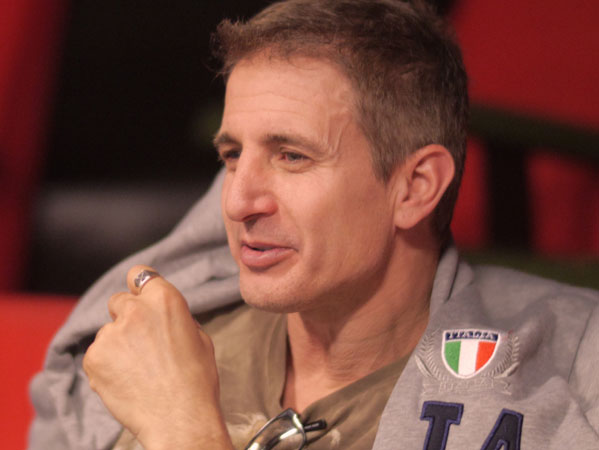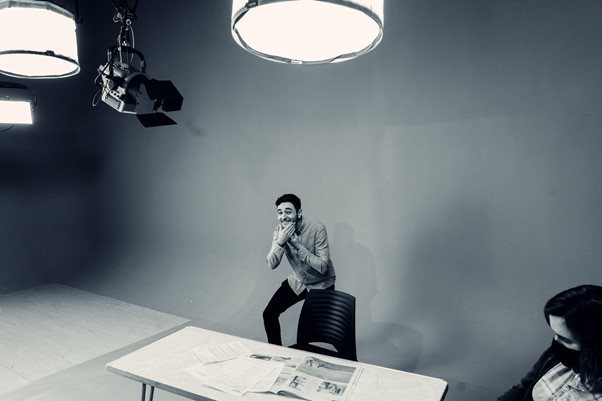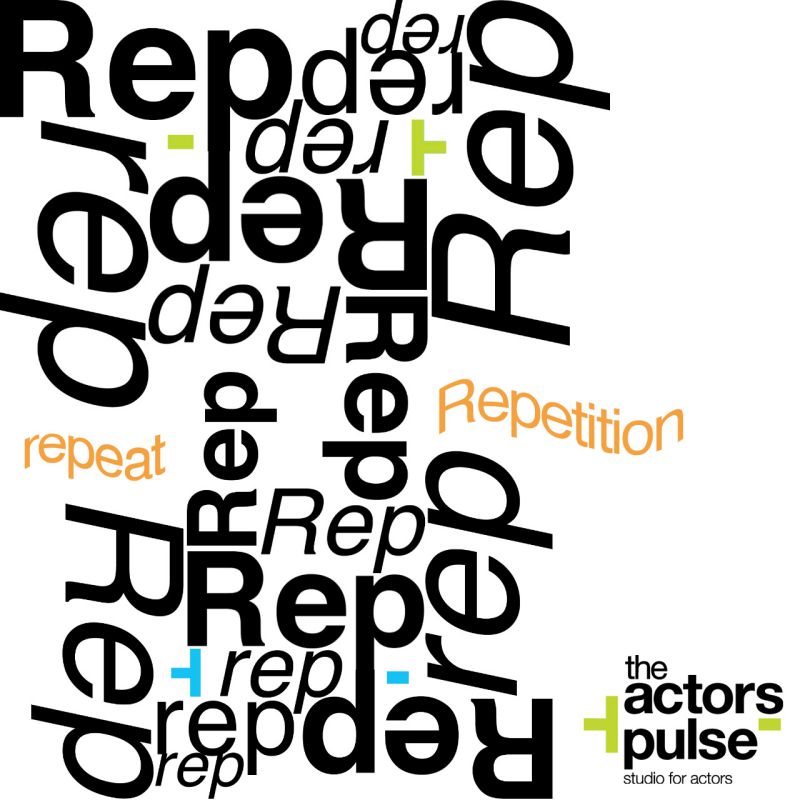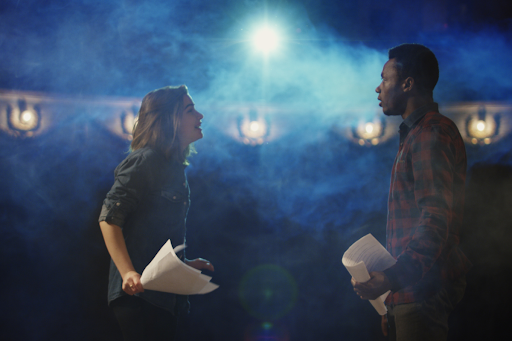Practical Aesthetics: A Beginner’s Guide to the Technique
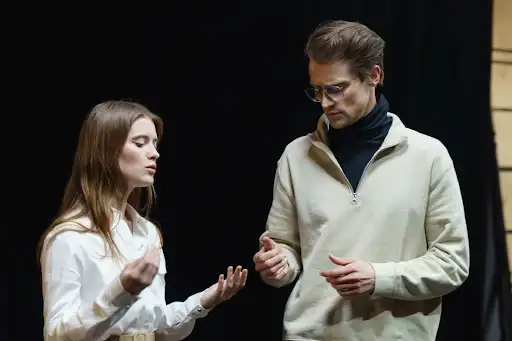
While we’re dedicated advocates of the Meisner approach to acting, there are, of course, several other techniques out there. One of these alternative methods is Practical Aesthetics.
As actors, it is essential to be across these other techniques as you are likely to act alongside those who have trained in a different method than you.
Understanding different approaches allows you to adapt and incorporate aspects that you find beneficial.
In this guide, we’ll fill you in on all the essential details including its core teachings and how it compares to the Meisner Technique.
Who Developed Practical Aesthetics?
A relatively new approach to acting, this technique was developed by playwright David Mamet and successful Hollywood actor William H. Macy in the early 1980’s.
Incorporating elements of Stanislavsky and Sanford Meisner’s teachings, this method also draws on works by the Greek stoic philosopher Epictetus.
What Does The Practical Aesthetics Technique Involve?
Using an analytical approach, and focused mostly on the will of the actor, Practical Aesthetics breaks down the acting process into four key steps. In each scene, an actor must consider the following:
1. The “Literal”
This first step requires the actor to ask themselves what is literally happening for their character in the scene. The goal is to strip it back to the most basic interpretation to give a clear foundation from where to begin.
Example: ‘I am literally asking the other character out to dinner.’
2. The “Want”
In this step, you are to look at what it is exactly your character is trying to get another character to say or do. You must ask yourself: ‘What does my character want from the other person within the scene?’.
Example: ‘I want the other character to agree to go to dinner with me.’
3. The “Essential Action”
A little more abstract than the first two steps, the ‘essential action’ ties into the belief that universal human desire underpins all natural human behaviour.
To determine this ‘essential action’ and discover the human desire behind what your character wants within the scene you must seek to understand the circumstances and the actions of your character.
Example: Your ‘Want’ is ‘I want the other character to go to dinner with me.’ The ‘Universal Human Desire’ or ‘Essential Action’ might be ‘To get my love interest to take a brave step and go on a date’.
4. The “As If”
A more difficult analytical step, in this final stage, you must look back at the ‘essential action’.
Rather than using past memories to bring emotion to the scene, Practical Aesthetics instead encourages a departure from this fictional reaction.
By adopting the ‘As If’ you imagine the scenario is something that could indeed occur in your life but hasn’t happened yet.
This encourages more creative, truthful and in-the-moment interactions between actors.
Example: ‘Essential Action’ – ‘To get my love interest to take a brave step and go on a date with me.’
The ‘As If’ – It’s as if my love interest has recently become single and I need to make my intentions known. I think they could be the one.’
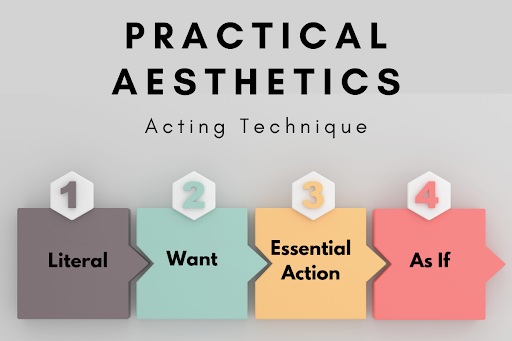
Famous Actors That Follow Practical Aesthetics
As a newer technique, Practical Aesthetics is still gaining momentum against more well-known methods such as The Method or Meisner Technique.
Current devotees include:
- Felicity Huffman (wife of William H. Macy)
- Rose Byrne
- Jessica Alba
- Camryn Manheim
- Rhea Seehorn and
- Clark Gregg among others.
Practical Aesthetics Compared To The Meisner Technique
In the Meisner Technique, actors are encouraged to enter a scene emotionally alive, having used past memories to trigger a believable response.
It also encourages actors to feed organically off the actions of their scene partners in a symbiotic way.
Conversely, Practical Aesthetics asks an actor only to commit their will to the pursuit of an action based on their dissection of what is expected of them. It is very ‘I’ focused. The use of past memories is also discouraged as it is believed they can hinder the truth of the moment.
What Are The Pros & Cons Of The Practical Aesthetics Technique?
Pros
One of the primary benefits of the Practical Aesthetics Technique is that it harnesses our natural problem-solving abilities.
Breaking down an approach to a scene into four key steps allows for, as its name suggests, a more practical approach.
Relying heavily on your own natural behaviours and inherent will to drive a scene to its conclusion, this technique is more independent and less reliant on your ability to read other people.
Cons
A leading criticism of Practical Aesthetics is that while it encourages problem-solving, it doesn’t give adequate guidance on how to solve these problems.
It almost implies you should just act harder rather than engage with your scene partner emotively or genuinely.
The suspension of feelings based on memory and a largely analytical, single-minded approach can see this approach lack believability and fail to engage an audience in a meaningful way.
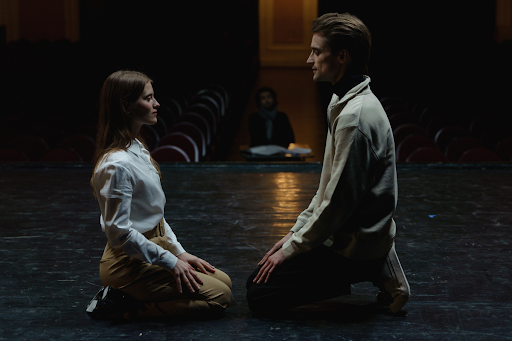
Should You Study Practical Aesthetics Alongside The Meisner Technique?
While we believe Meisner’s approach is the best technique to learn, supplementing your training with exposure to other techniques can also be valuable.
Challenging yourself with a technique that has such clear differences in approach can help you reframe and rethink different aspects of your approach to acting.
With the Meisner Technique as your foundation, further study in alternative methods simply adds more depth to your performances and makes you a truly versatile performer.
The Actors Pulse – Leaders In The Meisner Technique
At The Actors Pulse, we are proud to be the leading school for the Meisner Technique in the Southern Hemisphere.
Whether you have trained in Practical Aesthetics and are seeking to expand your education or simply wish to pursue a more emotive approach to acting, we can help.
Based in Sydney, our acting classes are available to both beginners and established actors seeking to learn this exceptional approach to acting.
Through our expert teaching of the Meisner Technique, you will learn the necessary skills to deliver truly engaging, natural and organic performances that leave your audience wholly invested.
Contact The Actors Pulse acting school in Sydney today at 0414 475 515 to learn more or start your journey with us.
Start today!
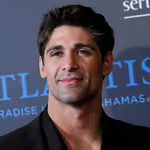
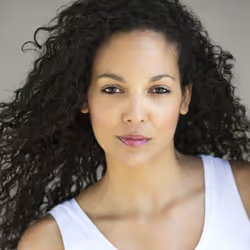
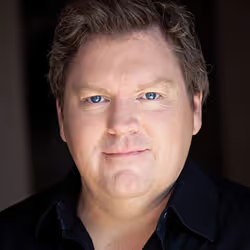

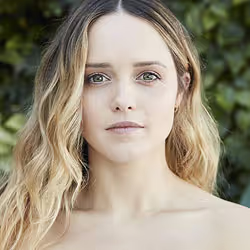
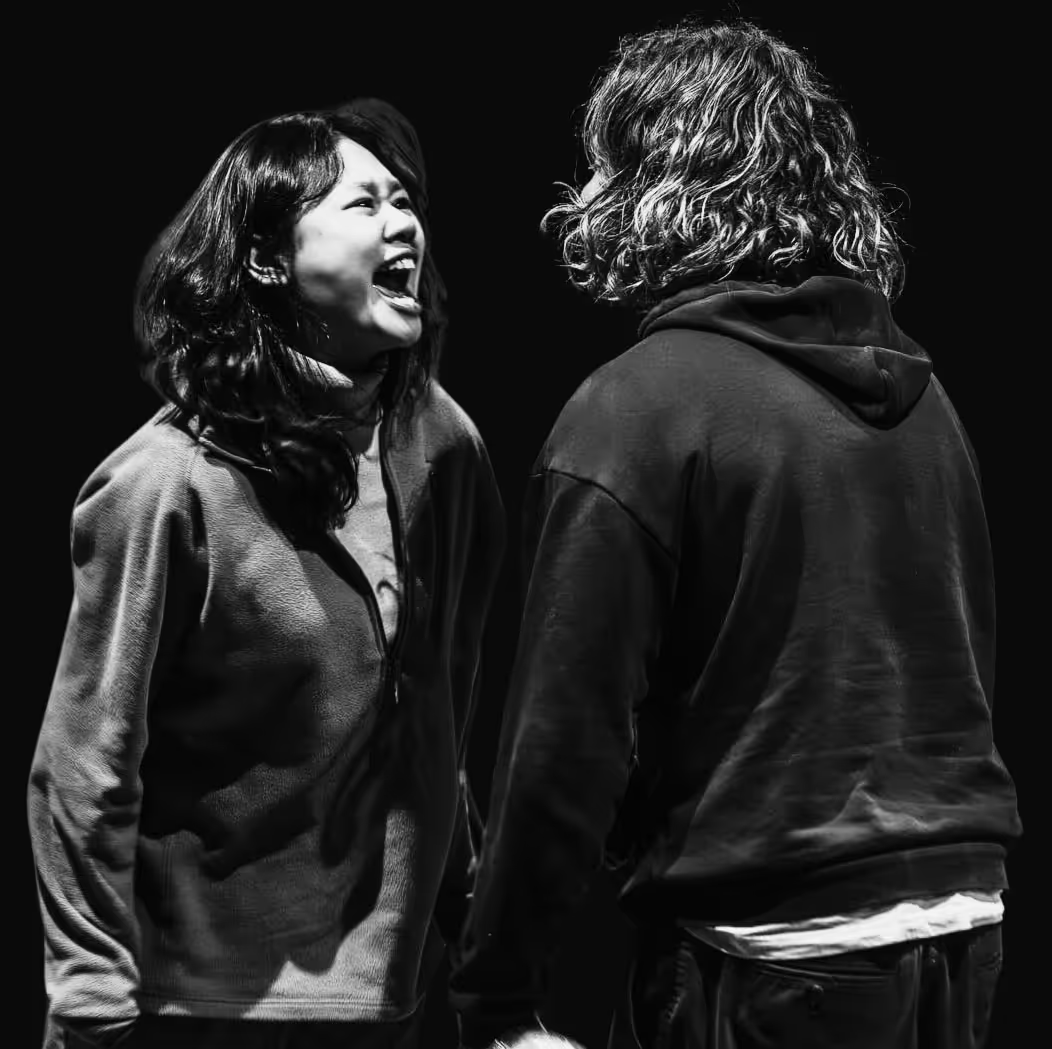



Contact Us
Get in touch with us using the form or details below. We look forward to hearing from you!




